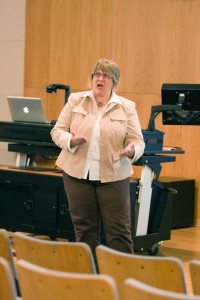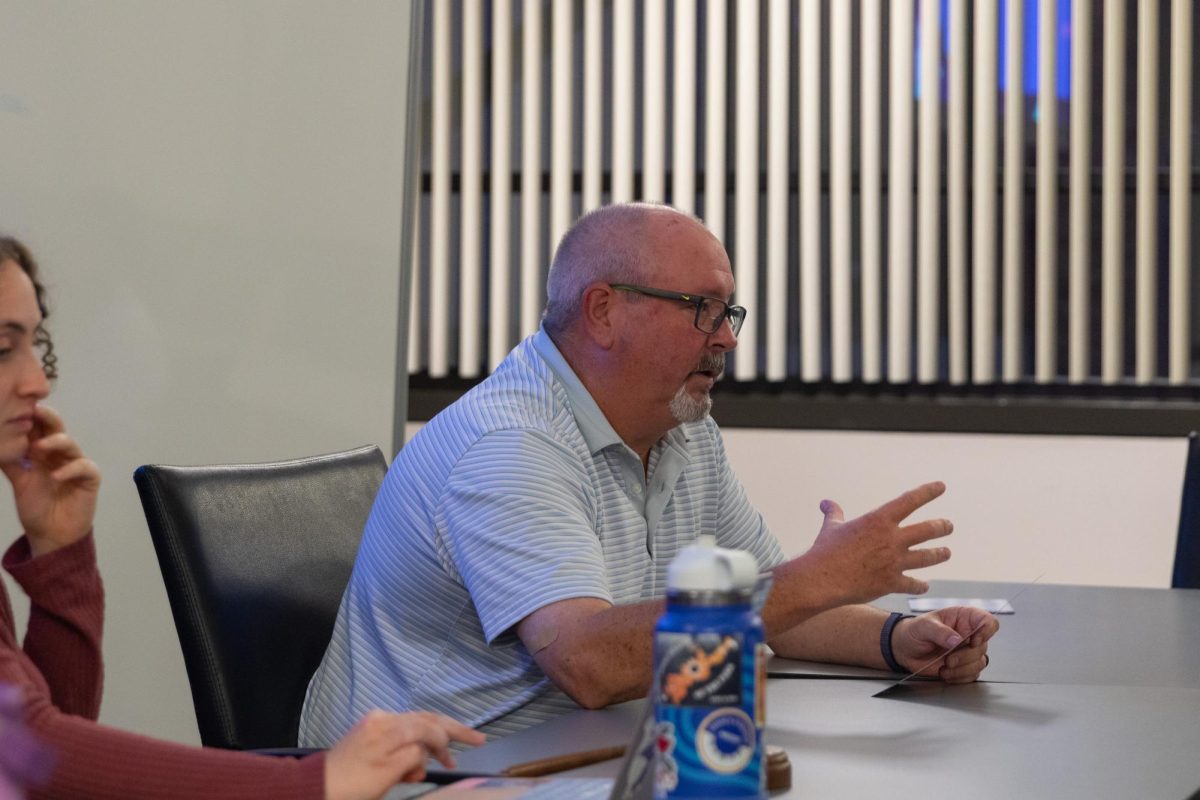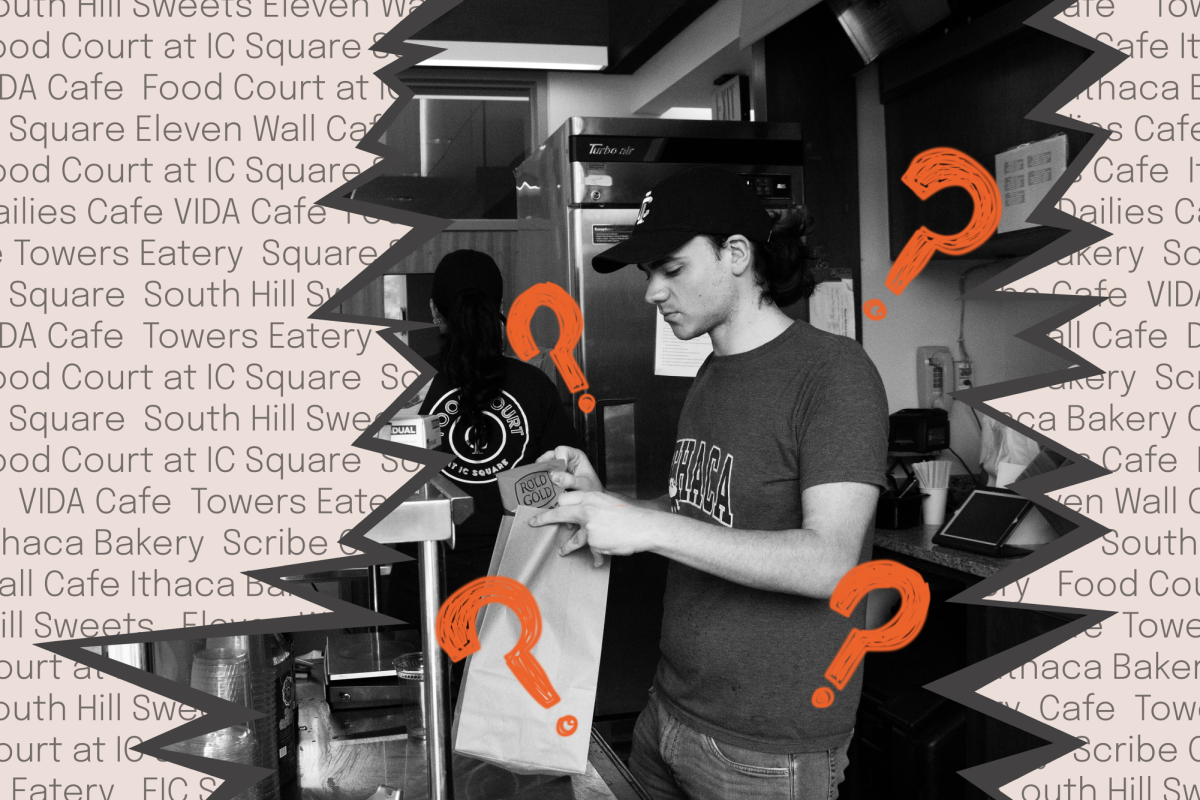
Michael Taves, executive director of ITS, said ITS recommended the college discontinue its use of the Blackboard system and move toward using Sakai after looking at a wide range of learning management systems, including Moodle and Desire2Learn.
“As we examined all the alternatives, Sakai seemed to us probably — one can never be sure — the best long-term investment,” Taves said. “We have the opportunity to contribute to its development in terms of features in the future.”
Last year, Blackboard announced its current version, Blackboard 9, would be revamped in January 2013. Many of the features faculty had been accustomed to — such as a cross-listing feature that allows a professor to list multiple sections of a course — would be dropped. Keeping Blackboard through 2013 would have cost 2.5 times what the college currently pays.
Ed Fuller, associate vice president of ITS, said some of the vendors ITS has negotiated with consider budget private and did not disclose actual budget figures but said the college will pay less than $50,000 annually with Sakai, compared to a six-figure price with Blackboard.
To provide context for the move, ITS hosted a series of sessions this week and last, listing its reasons for switching and giving a brief overview of the new Sakai learning system.
ITS began to look for alternatives to Blackboard and worked with Faculty Council to settle on a learning system in March. The council moved to support replacing Blackboard in October.
During the spring semester, Sakai will undergo installation and branding by the college. A pilot version will be available for instructors to use by the summer. By Fall 2011, Sakai will be available to students as an alternative to Blackboard. ITS’s goal is to have all student and faculty users in Sakai by September 2012.
Taves said the main difference between Blackboard and Sakai is that Sakai uses open source code, which allows users to improve on design and make it a more flexible system.
Sakai’s features include a program that helps faculty with citations, RSS feeds from sources like The New York Times and embedded content such as video, blogs and other social media.
Taves said Sakai’s features make it a standout choice. But since Sakai does not promise the level of technical support Blackboard offers, he said ITS will work with an unnamed vendor to provide support for Sakai.
Ron Trunzo, associate director of Residential Life and the Office of Judicial Affairs, said he attended Thursday’s presentation to learn more about how the switch would relate to the resident assistant training currently hosted on Blackboard.
“I am optimistic about the flexibility that it appears Sakai offers,” Trunzo said. “It looks a little bit more user-friendly.”
Sophomore Corinne Swanson said the switch would be a welcome change.
“Last year, one of my history professors refused to use Blackboard,” Swanson said. “He was protesting it because he said it was too expensive and that the money the school was using for it could be used to improve education — that there were so many cheaper sites.”
Taves said he hopes the move to Sakai will provide order to the college’s use of learning management systems.
“I hope it enables us to maintain a much more stable environment, frankly, with fewer and less disruptive migrations from version to version,” he said.







